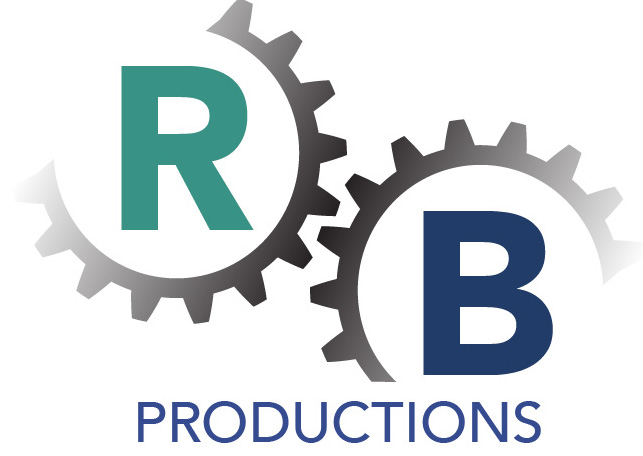Those were the days . . . not!
Recently I read an article about the “wild days of video production in the 1980s” that brought back a lot of memories for me on what it was like to produce and distribute video programs in that era. The article was an interesting mix of nostalgia with a bit of longing for those simpler times, but overall it was a lament of just how challenging it was to create videos with the technology of the times.
My own memories go back to my first production shoots for Pacific Telephone in the early 1980s. The most popular cameras in use then were the Ikegami HL-79 and the RCA TK-76. Both of these so-called “mini-cams” weighed in at around 25 lbs. (not counting the heavy batteries that lasted about an hour maximum) and utilized expensive and fragile Plumbicon pickup tubes (3 of them to be precise). Recording (in standard definition of course) was done on a “portable” Sony ¾ inch u-Matic VCR that weighed an additional 25 lbs and consumed even more battery power than the camera. Shooters often wore heavy battery belts to power all of this energy hungry gear. Our field monitoring was a bulky CRT monitor that was fragile and hard to view in the bright sunshine. Tape wrinkling and drop-outs were a constant worry.
Post-production was a world of exotic, expensive equipment that dictated work flows and limited (for most of us anyway) creative expression. Low quality time code “window dubs” on VHS tapes were made of the original footage, enabling the producer or editor to log the footage on an inexpensive VHS deck. From this paper list the producer either went into a cuts-only “offline” edit room to rough cut the show (or edit for real if that’s all the budget would support) or into the “online” editing suite for fine cut editing with transitions, titling, and digital special effects. Often filled with millions of dollars worth of 1” type C VTRs, switchers, digital special effects devices, along with signal generation and support equipment (not to mention engineers to keep it all working), these online edit suites would typically cost $300/hr. and up. At those prices the producer better have it together and organized or the budget is in deep jeopardy.
And then when the show was finished, how did it get out to viewers? Most often the answer was “VHS dubs” sent out to people in mailers. How many people actually viewed the tape was unknown, and reaching a very large audience was a logistical and cost challenge that was often unsolvable. Nobody seemed to be all that concerned about audio/video quality either. VHS is, by today’s standards, very poor quality, but it was viewable, and that was what mattered most in the 1980s.
Today, of course, the world of production is radically different. 4K resolution footage can be shot on tiny inexpensive handheld cameras. The most complex post-production can be performed on desktop (or laptop) computing platforms running advanced editing and effects software. Creative options can be easily and fully explored. Worldwide distribution is as easy as posting to YouTube or Vimeo.
It’s fun to look back and wonder: “how did we ever get anything done back then?” because, after all, we did. I’m sure in 10 to 20 years from now the technologies will be radically different yet again, but that question will still be asked with the same sense of wonderment.
RB
